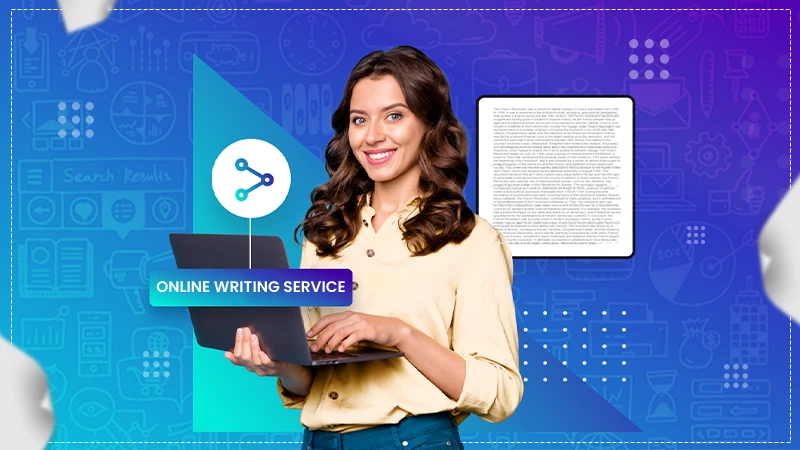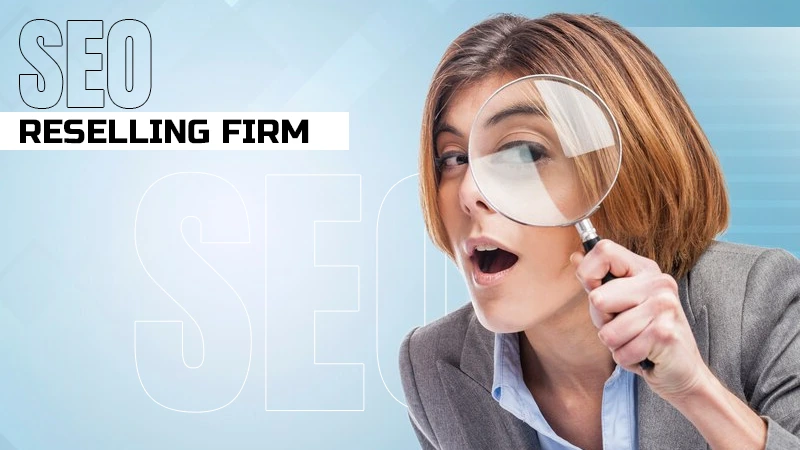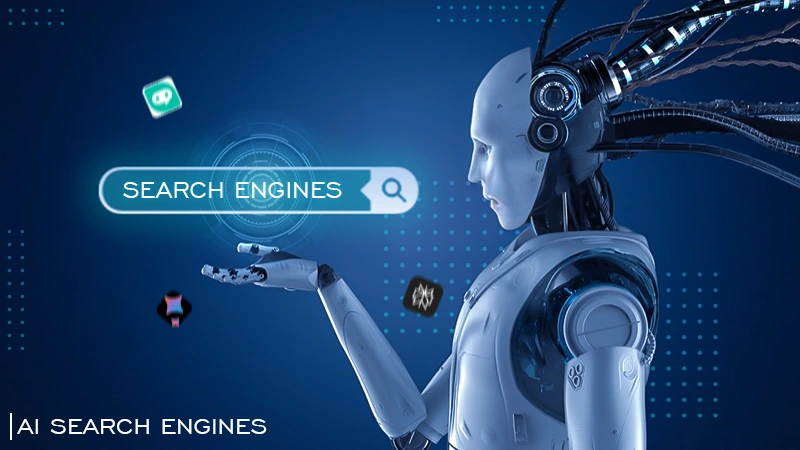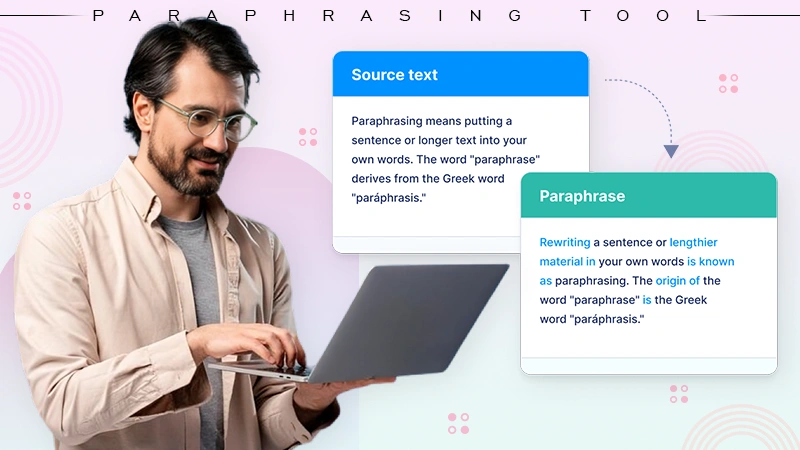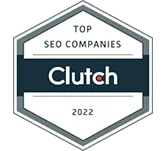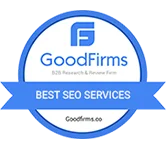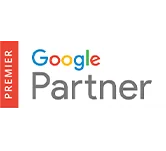How to Match Your Content to Every Stage of the B2B SaaS Marketing Funnel
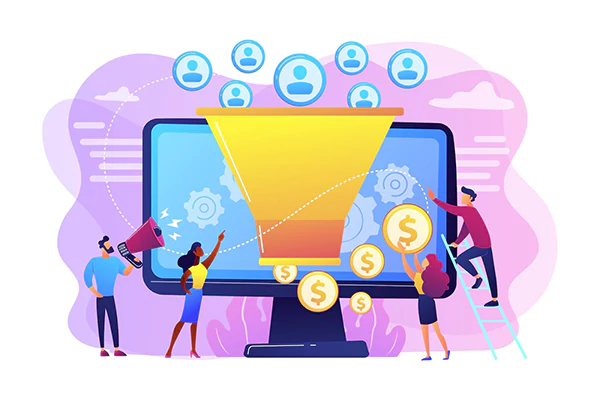
Content is one of the most powerful tools a business can have in its arsenal these days. With its help, you can get in front of your target audience, answer prospects’ questions, build trust, develop lasting relationships with your audience, and generate leads.
But that’s not all. With a solid strategy, your content can become the driving force behind conversions, especially in the B2B SaaS sector. Simply put, it’s what helps your business consistently drive more sales.
Unfortunately, everything isn’t as simple as it sounds. Simply delivering content to your audience isn’t enough to drive sales. For a successful outcome, the content must be relevant, high-quality, and engaging.
But most importantly, it must match the user’s needs. And to make this happen, you must tailor it to every customer touchpoint.
Tailoring your message to every stage of the sales funnel is the key to increasing conversions. The thing is that your potential customers have different expectations, needs, and questions when they enter various stages of the sales funnel.
Thus, by adjusting your content to every stage, you have a chance to address the specific pain points your audience has at that very moment and motivate them to take the desired action.
The only question is how to use this opportunity in your B2B SaaS content marketing strategy. In this guide, we will answer this question and help you define the perfect types of content and channels for every customer touchpoint.
How Does B2B SaaS Content Differ From Traditional Content?
A B2B SaaS content strategy is significantly different from a traditional strategy due to a number of reasons:
- Audience – The messaging of a business-to-business (B2B) brand must address the specific challenges and intentions of businesses as opposed to customers.
- Complexity and technicality – Unlike companies that operate in other niches, software as a service (SaaS) brands have very complex, technical products, which means that their marketing materials have to showcase various tech features.
- Value proposition – Businesses aren’t regular customers. They make buying decisions based on products’ efficiency, cost savings, productivity, and other business outcomes, whereas traditional messaging may focus more on emotional appeal.
- Educational focus – B2B clients always strive to make well-informed, data-driven decisions. Thus, the content you deliver to them must provide plenty of valuable information, rough numbers, and data-driven insights that will persuade them to make a purchase.
Building a Winning B2B SaaS Content Strategy for Different Stages of the Funnel
Now you know why content is vital, how it differs for B2B SaaS audiences, and why you should tailor it to the sales funnel. Now, let’s move on to the most exciting part!
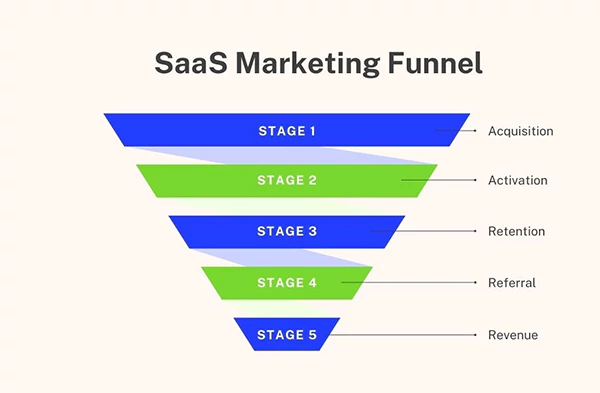
In this part of our guide, we will tell you about the three primary stages of the SaaS sales funnel, their primary goals, and the types of messaging and channels that you should use at every stage for maximized results.
Top of the Funnel
The top of your funnel is the very beginning of the customer journey and consists of the awareness and interest stages. The primary goal of your team at this point is to attract customers and educate them while also satisfying their interest.
To understand the interests of your clients at this level, let us break down the two stages included in it:
- Awareness – This is when a prospect first becomes aware of their pain point or problem and possible solutions. It’s when clients are looking to educate themselves on a given problem. For you, it’s a chance to build awareness by giving them more information and establishing credibility.
- Interest – From awareness, consumers move to the interest phase, where they start demonstrating interest in a specific product or service that can solve their problem. When prospects express interest in what you offer, you get the chance to nurture them by demonstrating value.
Based on the interests and needs of consumers at the top of your funnel, we can identify the following types of materials to include in your SaaS content strategy at this stage:
- Landing pages;
- “How-to” guides;
- Ebooks and white papers;
- Influencers’ and experts’ opinions and research;
- High-quality video content.
Outreach channels to engage the audience: Blogging, Search Engine Marketing, Social Media Marketing.
Your core mission at this phase is to engage a wide audience by gauging their interest and delivering valuable information, industry insights, etc. You can do this through a variety of channels, as mentioned earlier. However, there is one channel that works best.
With the help of SEO, you can increase your brand’s visibility and discoverability on the web. Simply put, you can help users who are looking for specific information to find it on your site and, thus, turn them into leads.
To use this to your benefit, you need to start using SEO best practices, such as keyword grouping. A keyword grouping tool can help you divide the semantics you are interested in into relevant groups and segment them across your website to better match users’ intents and drive more traffic.
You can try the keyword grouper by SE Ranking for this purpose. The tool will help you divide your keywords into logical clusters and build a more sound strategy that matches the purpose of the top of the funnel.
Middle of the Funnel
From the top of the funnel, leads move to the middle of the funnel, which involves nurturing and providing specific solutions. This is the point when consumers start considering buying from you.
Thus, at this phase, you need to align the prospect’s needs and interests to relevant products and features to gauge their readiness to make a purchase.
The core goal at this stage is to showcase your product and its features, build trust, and show how using your product will benefit the prospect’s business.
What kind of content works best during this phase of the marketing funnel? The core idea is to showcase your product and its benefits. Thus, any materials that highlight your value proposition will work great. Namely, the best-working options include:
- Case Studies and success stories;
- Webinars and workshops;
- Product comparisons and guides;
- Tools like calculators, templates, and similar;
- Email Drip Campaigns;
- Tests and quizzes.
Outreach channels to engage the audience are SEO, Email Marketing, Retargeting/Remarketing, and Social Media.
As you can see, SEO remains a key element of the B2B SaaS content marketing strategy. However, the approach should be a little different. This is the phase when consumers already want to buy the product.
But they still want to consider all the different options that are out there. That’s why it makes a lot of sense to capture a wider variety of keywords. Ideally, use a mix of fat-head and long-tail keywords to tap into different customer needs and reach a larger number of clients.
Email marketing also deserves a separate mention. Different email marketing campaigns are perfect for nurturing customers and making them want to make a purchase, especially in the B2B sector.
Another big benefit is the return on investment. On average, email marketing can bring you $36 for every $1 spent. So don’t hesitate to use this channel to your benefit.
DID YOU KNOW?
B2B SaaS companies spend 10-35% of revenue on marketing, depending on their growth stage. On average, they spend 20-25%.
Bottom of the Funnel
Lastly, this is the final phase of your funnel and the most important part of your content marketing strategy. The bottom of the funnel consists of closing the deal and converting leads into customers.
At this point, your leads already have a good understanding of their problem and consider your product a suitable solution. Thus, the primary goal for you is to emphasize your unique selling points and advantages to push leads to make the purchase decision.
There are many types of content that can help you at this stage of the marketing funnel. Namely, you can focus on:
- Detailed Product Demos;
- Customer reviews and success stories;
- Comparison pages;
- Personalized consultations;
- Free trials;
- Website FAQ pages, website pricing pages, etc.
Outreach channels to engage the audience: Search Engine Marketing, Live Chat/Chatbots, Social Media Email Marketing, and more.
Since it’s the most definitive phase of the sales process, it’s important to get things right here. Below we will give you a few handy tips for refining your B2B SaaS content strategy at the bottom of the funnel:
- Focus on your calls to action – Encourage prospects’ signups, demo calls, trials, and other actions through clear, strong, and coherent CTAs.
- Integrate social proof – To make your content more persuasive, analyze possible objections and address them directly through social proof, such as quotes, stats, etc.
- Highlight your product – The bottom of the funnel isn’t a place where you should be afraid of self-advertising. On the contrary, you should confidently demonstrate images, videos, reviews, and other materials related to your product to encourage a purchase.
- Test and improve frequently – Your bottom-of-the-funnel content has the highest value on your website. Thus, you should regularly test your pages to analyze the key metrics and find areas for improvement.
These tips should help you create a powerful content funnel for your B2B brand.
Summary
A B2B SaaS marketing funnel is slightly different from the sales pipelines of other businesses. Due to the technical nature of the product and a significantly different audience, the approach to marketing in this sphere requires different approaches and tactics. But if you can tweak your strategy to different stages of the funnel, you should be able to achieve success.
After reading this guide, you know how to develop a winning B2B SaaS content strategy for every phase in the customer journey. You also know what kinds of messaging and channels match best your prospects’ intentions at every phase. Don’t hesitate to use this knowledge in your own strategy as it will help you drive more sales and ensure stable growth for your company.


